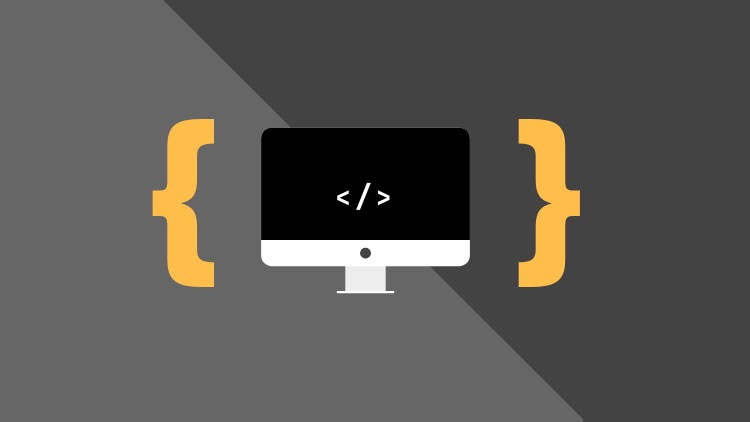Full Stack Web Development Masterclass: Beginner To Advanced Course
Learn HTML5, CSS, Bootstrap 4, Javascript, ES6, VueJs, Node.Js, PostgreSQL, and more.
What you’ll learn
Full Stack Web Development Masterclass: Beginner To Advanced Course
- With HTML and CSS, you can create gorgeous websites.
- Create a portfolio website with HTML and CSS.
- Using Bootstrap, you can create mobile-friendly websites.
- Create a mobile-friendly news platform.
- Using JavaScript, you can make web pages more interactive.
- VueJs is used to create front-end components.
- Learn how to use Git and Github to set up version control and collaborate on projects.
- Set up the backend with Nodejs and ExpressJS.
- Using Postgres, you may create complicated databases.
- Create a database-driven medical inventory management web application from the ground up.
Requirements
- With an internet connection, you’ll need a PC or a Mac.
- There is no need to have any prior coding experience.
Description
From Beginner to Advanced Web Development Masterclass
The most extensive but accurate web development course available for developing web development skills.
This course is specifically designed to help you establish a skill set in all of the contemporary web development technologies that IT businesses are looking for in 2018.
You will be able to create full-stack, mobile-responsive, database-oriented web applications after completing this course.
We begin by understanding the fundamentals of web development and installing the necessary tools for writing HTML5 code. We cover practically all of the HTML5 ideas in this section, as well as how to lay up the structure of HTML elements on a webpage.
We’ll study the fundamentals of CSS in the next section, which will help us make our site more appealing. We’ll look at how to apply CSS to your existing HTML pages to make them more appealing visually.
Now that we’ve learned HTML and CSS, it’s time to put our newfound knowledge to use. In this section, we’ll use HTML and CSS to create a portfolio webpage that lists all of your expertise.
As we progress, we’ll learn about Bootstrap 4, a CSS framework that allows us to quickly create fully mobile responsive websites. Bootstrap 4 will speed up your development by 2X because you won’t have to create components from scratch. Bootstrap contains hundreds of built-in components that we can utilize to rapidly and easily create websites. We’ll go through the Bootstrap grid structure and how to use it to create responsive layouts.
We’ll create a news portal in this part that works and looks fantastic on any platform, including a computer, tablet, and smartphone. The nicest aspect about this news portal is that it is entirely made up of Bootstrap components. To put it another way, we haven’t used a single piece of CSS to style the elements.
We’ll go through some of the most important and novel aspects of ES6, such as the let and const keywords.
We next go on to Git and Github, which is one of the most widely used tools among web developers throughout the world. Begin with learning about Git and how to utilize it for version control. With the help of a practical example, we will learn all of the necessary commands to operate with Git.
In the next section, we’ll look at VueJS, a progressive front-end framework that makes it easier to create user interface components.
We’ll go through all of the main aspects of VueJs in this part.
We’ll now look at NodeJS, which is a JavaScript runtime that lets us run JavaScript on the server. NodeJS is a very strong language that allows us to configure the server, connect to the database, run queries, and much more. In this section, we’ll begin learning Node from the ground up and create our very own server.We’ll look at PostgreSQL, a structured query language for querying the Postgres database.
Who this course is for:
- Beginners who want to learn how to design websites.
- Want to use advanced technologies like Vue and Node to build your own web applications?
Students are interested in working as freelance web developers. - Beginners who want to learn how to program.








